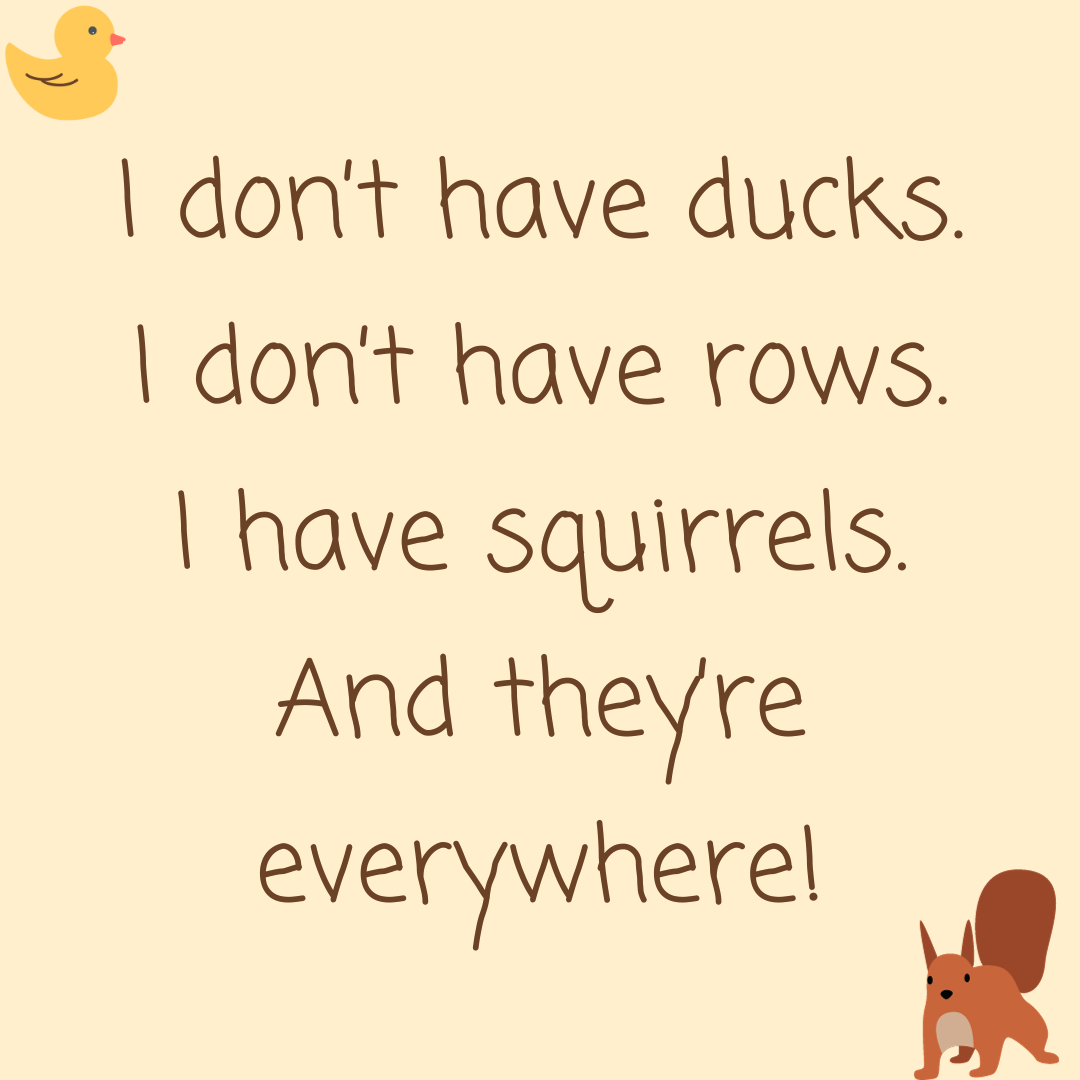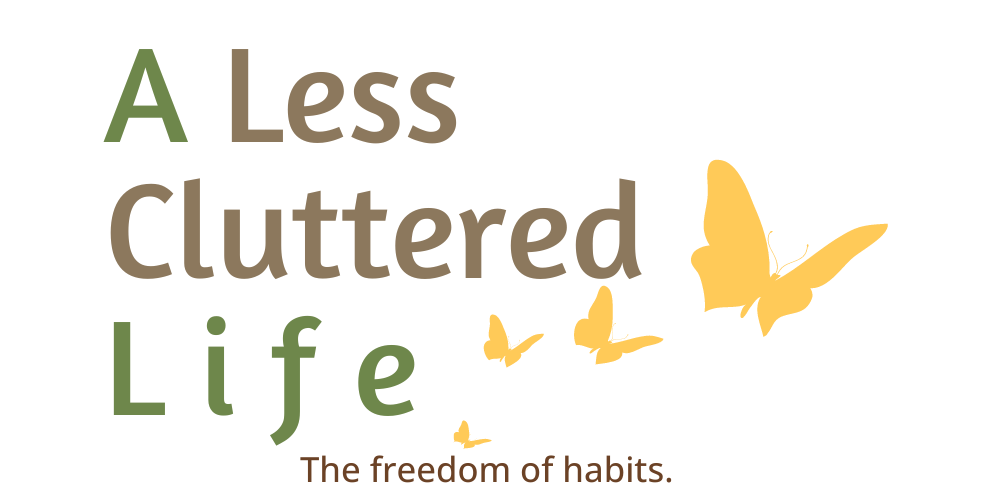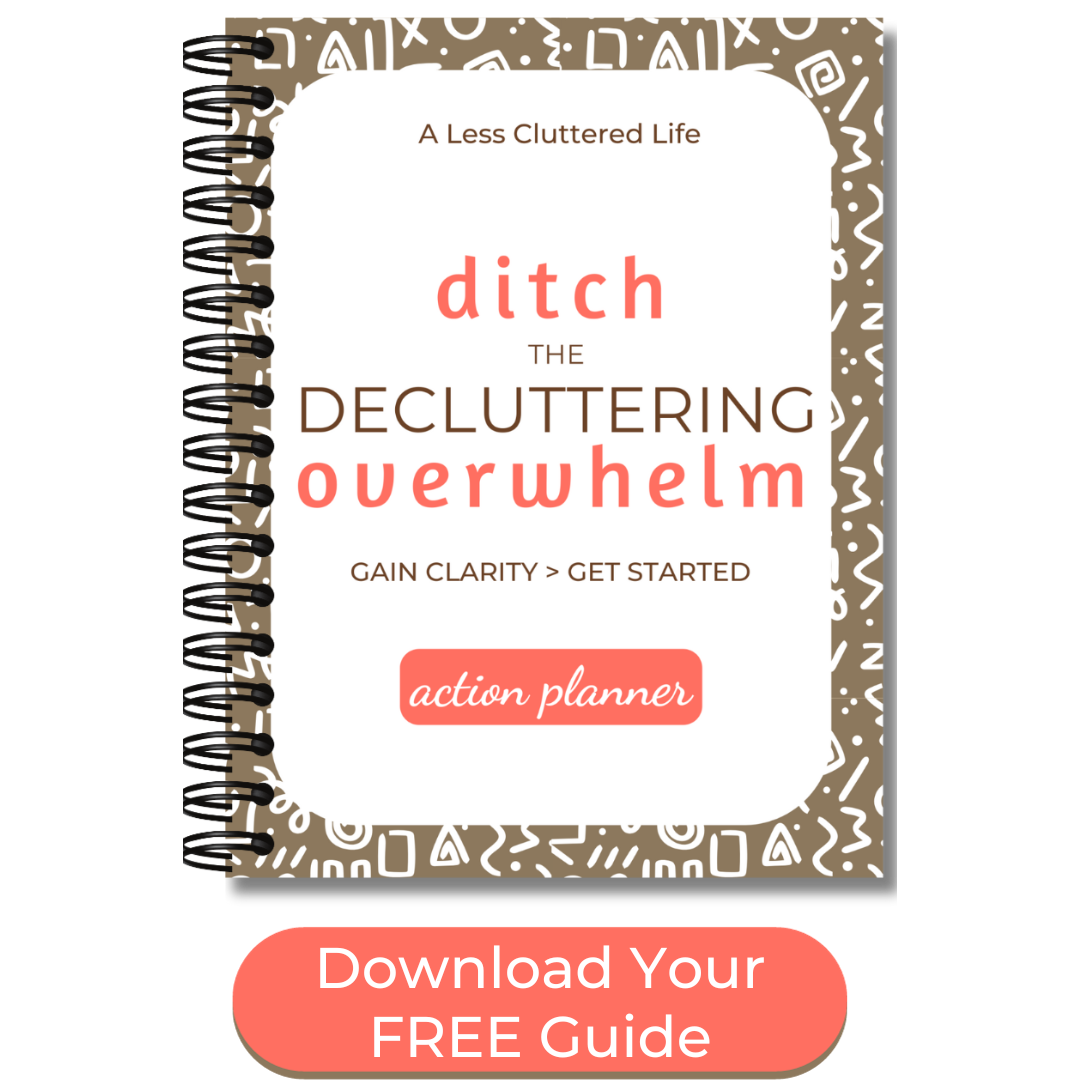|
by Susan McCarthy You can adapt the techniques you’d use to declutter your home to declutter the mind and clear the thoughts swirling through your head. I don’t know if it’s that more than half the year is gone or if it’s seeing the displays of school supplies in the stores, but my head has been crammed with thoughts of everything that I want to get done before the end of the year. The problem is, whatever I do, I end up feeling that I should have worked on something else. I’d make a to do list for the day, but that's limited to what I wanted to get done now. It didn’t really give me perspective in connection to everything I hoped to (or wished I could) get done. Unfortunately, leaving all thoughts to bounce around the inside of my skull was making me feel more than a bit anxious. The more I thought about what I wanted to do; the more ideas joined the crowd. Everything was clamoring for my attention. I decided needed to declutter my mind. This is what I did. I hope you like extended metaphors because I’m going to help you declutter your mind the same way I’d help you declutter your home. How to Declutter Your MindIf you said that you wanted to declutter your home, one of the first things I’d ask as a professional organizer is – Why? Why is this important to you? What do you hope to get from this process? How will this make you feel? Now, I know that you’re thinking about your answers to those questions but bringing in some new thoughts is like trying to add clothing to a crowded closet or books to shelves that look like a well-played game of Tetris, all those shapes fitting in so there’s no gaps between the books. Grab some paper and a pen (you’ll be using them in another step as well). Now, write out your answers to those questions – Why is decluttering your brain clutter important to you? What do you hope to get from this process? How will this make you feel? Your brain connects more deeply with handwritten thoughts than those that are typed. That’s why we’re doing the pen and paper thing. Gather Your Thoughts to One PlaceNow that you have a clearer sense of why you want to get off the hamster wheel, the next organizing task we’d do is to gather the clutter. Usually, I’d have you focus on one category of physical items, but that’s a little more difficult with thoughts. (To stay with the comparison to decluttering, this is a bit like decluttering an attic or basement. One box, old clothing. The next box, books. And the next, holiday decorations.) To be prepared for thoughts that may bounce all over the place, from topic-to-topic, take a few sheets of paper and label each one with a general category in your life (you don’t need to do all these categories). Some ideas:
At the top of the page, list one category on each sheet. You might start out with a few pages and then add more sheets as you realize you have a cluster of thoughts swirling about a variety of areas of your life. Next, list everything on your mind associated with these areas or categories. Don’t edit. Really, drag it all out of your skull. If you’re thinking, “Well, I won’t be traveling home for the holidays this year, so I don’t need to write anything about that.” Chances are you’ll be connecting with friends and family in some way. Instead of writing “travel to visit family” consider listing “connect with those back home.” You’ll be shifting from page-to-page, gathering thoughts so they’re on the same page with thoughts about similar areas of life. These thoughts could be items for your to-do list, goals, ideas, wishful thinking, phone calls you need to make, errands you need to run, items for your shopping list. Get it all down; don’t think about how you’ll get these things done or when – the goal here is to simply gather like with like. If you don’t capture every thought, you can always go back and add things later. Even if you captured every thought scrambling through your mind in this moment, chances are once you move onto another task, you’ll end up with more things that you’ll want to do. Let’s face it, your brain keeps running over some of the same thoughts because it’s afraid that if it doesn’t remind you, you’ll forget about it and since you aren’t working on that task RIGHT NOW. Yes, isn’t your brain helpful – you aren’t working on something, so you’ve obviously forgotten about it. Here’s that thought again. You’re welcome. Writing down tasks means that your brain can now think about how to get things done as opposed to merely remembering what you want to do. Sort through Your ThoughtsIf you were decluttering physical objects, after you gathered them together, you’d start grouping similar items. By creating a few lists, you’ve done this step while gathering your thoughts. Read through each list, acknowledging each task. Is this something that needs to get done and if so, will you do it in the next couple of weeks? Circle or put a star next to these tasks. Transfer these items to your planner so they’ll get done in the next couple of weeks. Next, acknowledge the tasks, projects, and goals that you won’t get around to for another month or so. If you’re thinking, “But, wait, I really wanted to do that now,” well, okay, plan when you’ll do it. Don’t just think that you’ll fit it in or get it done somehow, attach a date to it. If you’re balking at that thought, then another month it is. (And if you don’t know when you’ll get all this stuff done, then that means you’re trying to do too much. Obvious, yes. But I have to constantly remind myself that if I can’t figure out when to do something it’s because I’m already doing other things.) Think of this action as having a tall stack of books on your bedside table and sorting through them. You’re leaving the books that you plan to read in the next couple of weeks there and moving the others to your bookcase. You aren’t getting rid of the books, just moving them so they are less distracting, and you feel less stressed because you’ve acknowledged that you’re not focusing on them in the immediate future. Next to the different tasks on your lists, mark down “2022” or “first quarter 2023” or “May 2023,” etc. when you can. This is like boxing up your out of season clothing. You aren’t getting rid of these things, but you also realize that you don’t need to look at sundresses hanging in your closet in the middle of the winter. Consider if some of the tasks on your list belong to someone else. Maybe you want to remind someone to do something, or you can delegate a task. Write down these names next to the appropriate items on your lists. Move them onto your planner as a reminder to delegate or check on the progress of a task. As you review your list, if there are activities that you don’t want to do (even though at one point you thought you did), acknowledge that you’re done with that prospect by crossing it off your list. Just as giving away things makes it clear that you’re done with those things, crossing a task off your list allows you to say that you’re done with it. (If you have paraphernalia associated with that project, you can declutter it to emphasize that you are finished with the idea of teaching yourself how to knit or doing yoga.) If you’re having difficulty thinking this through, go back to those questions you answered earlier. Why are you doing this? Why are you doing any of these tasks? Give Your Tasks a Home After you sort through physical items, you’d them put them away, giving them a “home” in organizer-ese. You’ll do the same with the tasks that you realize you want to by certain deadlines. Grab your planner and assign time to work on these projects. Time is the home for tasks. Again, avoid thinking, “I’ll fit it in.” At the very least, assign tasks to a week, you can fine-tune where in the week you’ll do a task when that week gets closer. Are you noticing that you don’t have the time for these tasks? Just as you would do while organizing objects in your home, if it doesn’t fit, you need to eliminate more things, or, in this case, lower your expectations as to what you’ll really manage to accomplish within limited time. Just as a space cram-packed with stuff is stressful to look at, a schedule that’s over-planned is stressful to experience. You may need to move more things into storage (aka, the next month, quarter, or year). Plan Your Tasks This stage is like fine-tuning how things get organized in their designated location. For example, deciding to set out a basket for collecting the day’s incoming mail or hanging a pegboard so you can sort and display your necklaces. After you assign a task to a particular week, you’ll then need to fit it into a block of time. You may find yourself shuffling around some tasks that you feel committed to accomplishing. Organizing your time has a lot in common with organizing stuff – you want things to fit, but not too tightly, a little wiggle room offers the opportunity for possibility. Maintain Your OrderA lot of people figure that decluttering is the challenging part. It isn’t. After you organize your stuff or your time, you need to maintain this order. This can be difficult with tasks, particularly if you find it difficult to accurately assess how much time you’ll need to complete a task. You can see the solidity of a drawer or shelf – if you try to smoosh too much stuff into the space then the drawer won’t close, or things will fall off the shelf. But time is more fluid and while you may feel that you can fit a task into your schedule, you’re likely eliminating something else that was already planned. At the end of the day, review what got done and what didn’t. It’s nice to think that we’ll just play catch up and get everything done, but that rarely works. Along with an end of the day review, do another one at the end of the week. If this was an average week (no emergencies) and things didn’t get done, take a moment to reflect on your expectations. Do tasks take more time (space on your calendar) than you thought they would? Just as adding a shelving unit with well-labeled bins may seem to take care of organizing a bunch of stuff, those shelves still claim space in your home. Trying to manage more tasks than you have the time and energy for, claims space from your life. Organize Your Thoughts and Get Something DoneStart out by gathering your thoughts and sorting them into groups so you can compare similar tasks. Can you fit all this stuff into the next few weeks or month? Probably not. Sort your tasks into “boxes” labeled “next year” or “spring” or “April” so you can see what you really want to get done in the next few weeks. Take those tasks and assign them a home in your planner. If you notice that things aren’t getting done, declutter a few more tasks from your calendar. Then, review how things are working out. Review more often than you may think – at the end of each day and each week. It’s easier to catch a bit of time clutter today than an overwhelming mess a month from now. More Resources to Help You Declutter Your Thoughts
2 Comments
1/23/2023 04:01:59 am
Decluttering your mind is an important part of overall well-being and will benefit you greatly in the long run. Taking time to be mindful, meditating, and journaling are all excellent ways to practice a mindful attitude and clear the chaos from your thoughts. Additionally, it’s important to recognize that decluttering your mind is not a one-time event; it’s an ongoing process that requires effort and dedication.
Reply
1/23/2023 01:33:58 pm
Decluttering your thoughts definitely goes hand in hand with decluttering stuff. Working to clear negative thoughts, limiting beliefs, and rumination is a lifelong process. Clearing things that are distractions and burdens can help ease your mind because eliminating the things takes the thoughts with them.
Reply
Your comment will be posted after it is approved.
Leave a Reply. |
Categories
All
Hi, I'm SusanI'm a former teacher who became a professional organizer (and not because I'm a natural-born neatnik). I live with my husband and fluffy cat on a river in Massachusetts. I crochet, make handmade cards, and love reading young adult novels. Learn more about my decluttering journey here. |
|
Copyright 2024 Susan McCarthy - Susan@ALessClutteredLife.com -
Privacy Policies |
Proudly powered by Weebly

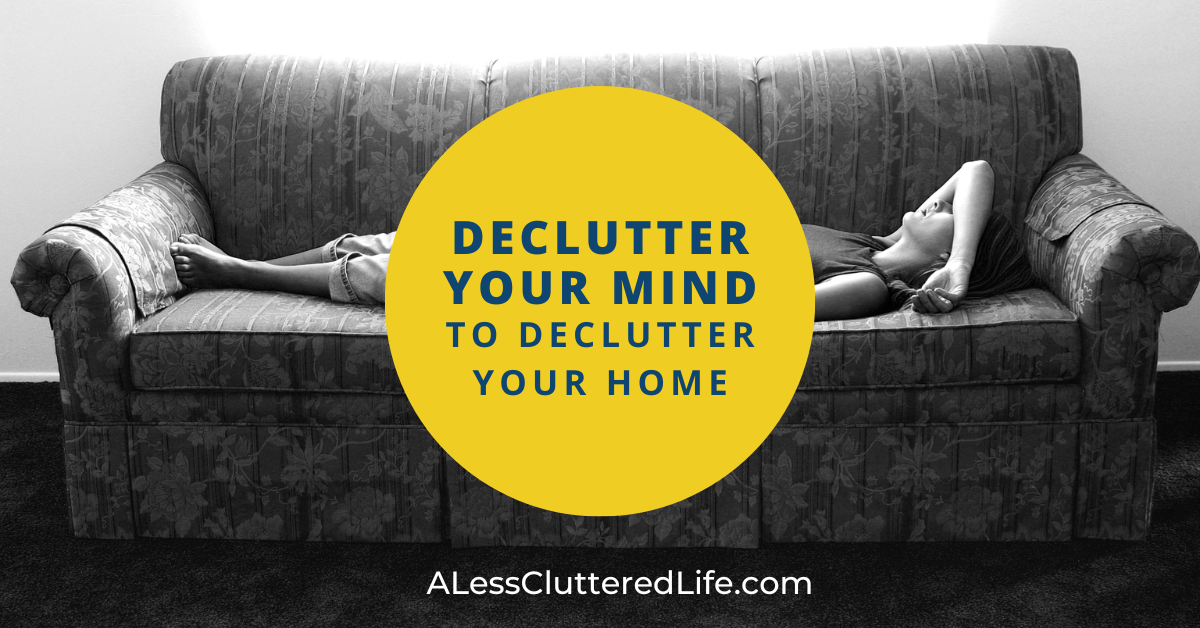
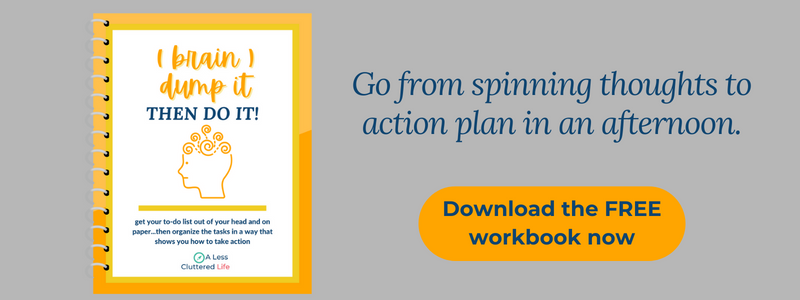
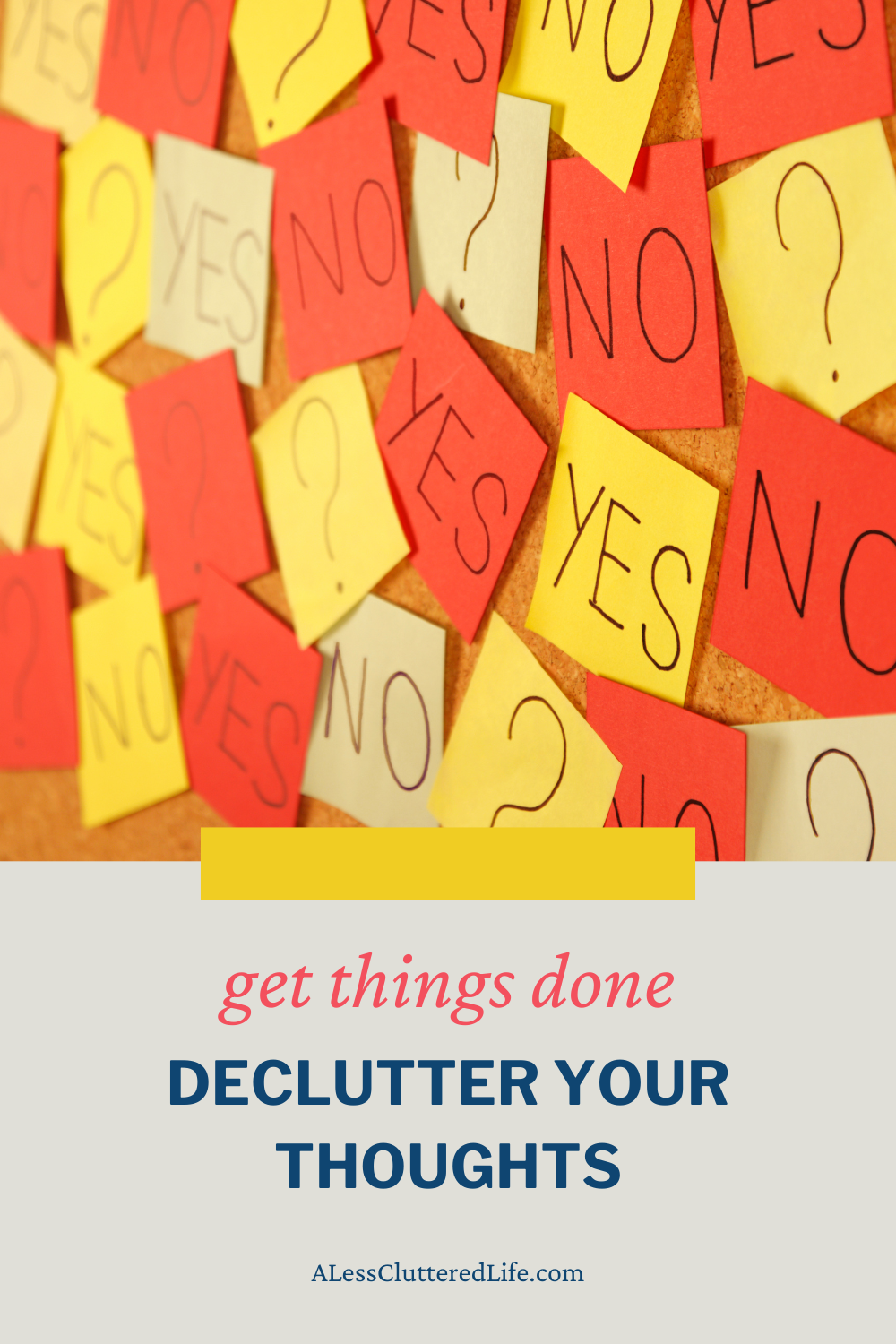
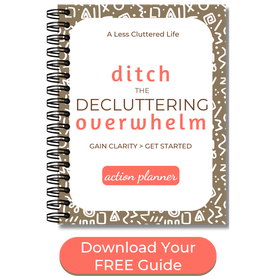

 RSS Feed
RSS Feed
